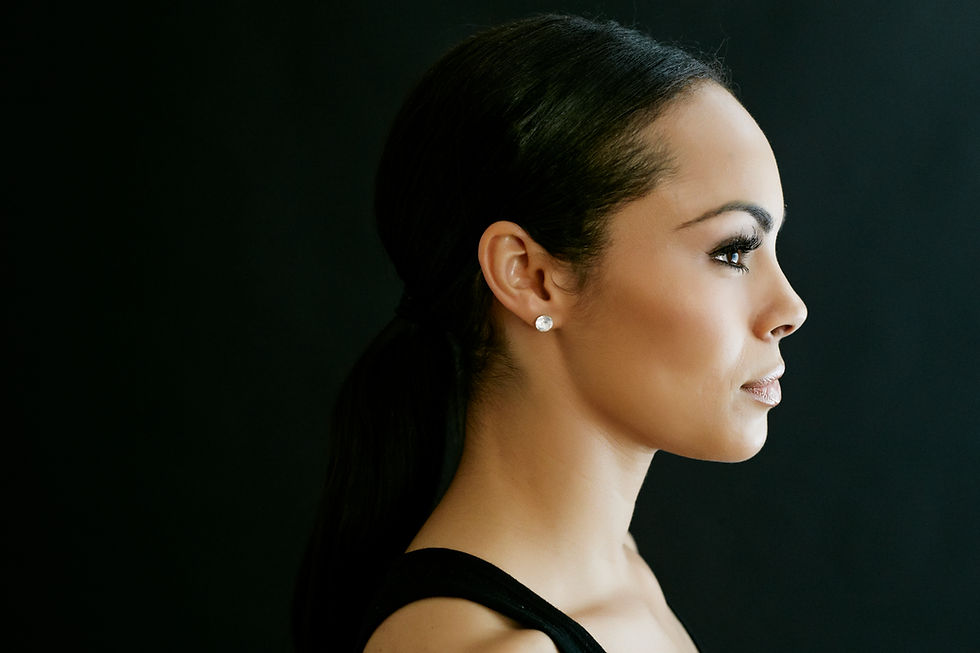Written by: Leah Bush

If you live in the US, you have likely noticed pink everywhere last month. Literally everywhere. Logos are changed to pink versions. NFL uniforms suddenly have pink in them. Pink shirts and hats and everything everywhere. This is because October is Breast Cancer Awareness month. If you are in the US and unaware of that, I would like to lift up that rock that you have been under, and introduce you to iPhones and Disney+ .
Anyway, why is this important? Well, it’s because breast cancer is the most frequent cancer found in women worldwide. And, ya know what? It is curable (CURABLE!) in 70-80% of patients who have early stage, non-metastatic disease.
Ok, doesn’t sound so bad, Leah. I mean, that’s pretty good for cancer, right? *shrugs*
Yeah, it is. But there are a couple of keywords there: “Early stage.” We need to catch it early on to be able to have the best chance possible. So how do you and I catch it early on? By golly, I just might have a few suggestions. You may not like some of the details, but you have to work with me. And don’t just understand the facts - follow through!
#1 Know your boobs.
Seriously. Breast self examinations alone are no longer recommended by the American Cancer Society for detection, but they can be helpful to know *your* normal. You need to do these monthly, usually right after your period. If you no longer menstruate, pick a day and keep it consistent from month to month.
Stand in front of a mirror with your hands on your hips like you’re about to yell at your kid or those neighbor hooligans who keep trampling your good grass. Look for symmetry, swelling, changes in size or color. Worrisome things that may be noticed are dimpling skin, position changing of the nipple or inversion, or redness and swelling.
Raise your arms above your head and look for those things again, but now from this very flattering angle.
Check for any discharge from the nipple.
Lay down on your back. If you are about to check your left breast, take your left arm and place it under your head. Then take your R hand and massage in small circles rotating clockwise around the breast. Some people prefer to massage in vertical rows. Repeat on the other side.
Feel your breasts while standing up. A lot of people like to do this step when they are in the shower because this can illuminate other lumps. Repeat the massage steps from number 4 while upright.
I found something weird, what do I do now? Call your doctor. You will likely undergo a mammogram or ultrasound to examine the lump in further detail.
#2 Stay up to date on mammograms.
You know the pancake boob thing that everyone dreads. It is important though. If you are not at high risk for developing breast cancer, when you turn 50, you should be getting a mammogram once every 1-2 years. If you are at high risk for developing breast cancer, the American Cancer Society recommends starting yearly mammograms at age 30. This may start earlier depending on you and your provider’s judgment.
#3 Know your risk factors
Risk factors for breast cancer include:
Age greater than 50 years of age
Genetic mutations like BRCA1 and BRCA2 - HIGH RISK
Starting menstruation earlier than age 12 or starting menopause later than age 55
Having dense breasts
Personal history of breast cancer - HIGH RISK
Family history of breast or ovarian cancer - especially a first degree relative like mother, sister, or daughter - HIGH RISK
Previous radiation to chest before the age of 30
Exposure to DES (diethylstilbestrol)
If at any point something is off with your breasts, do not ignore it. What good is knowing your boobs if you don’t listen to them? We want to know about your concerns, and if your breasts are different or changed in any way, tell us. Anyway, happy November, and keep an eye on your breasts. We wanna keep ‘em around. For you and your health. Not because any partner wants them around. Duh.
About the Author

Leah Bush - ElleTwo Contributor
Nurse Practitioner
Leah Bush is a Nurse Practitioner with over a decade of clinical experience in critical care, cardiac care, emergency medicine, and primary care settings. Her professional identity is rooted in her upbringing as the daughter of a pastor and cardiac nurse educator, experience in varied medical fields, and personal journey as a mother and kidney transplant patient. She has a passion for patient education and a desire to give every patient the care that they deserve but are often denied. This holds particularly true for her female patients, who are often the most overlooked and misunderstood patients in our healthcare system. Outside of work she is a lover of music, documentaries, and LSU football. Her personal heaven is warm buttered bread and a long nap, and her personal hell is matching children’s socks out of an endless sea of laundry. She’s been married to her husband Tony for 11 years, and they have 3 children together - James (10), Rebekah (4), and Henry (2). They’ve recently added another member to their family: a black-and-white house cat named Alfie.

Comments